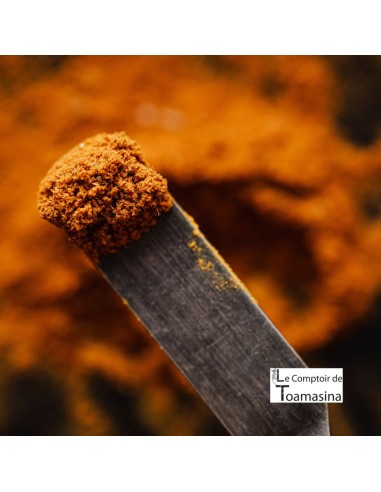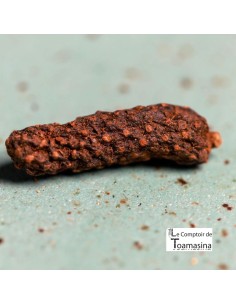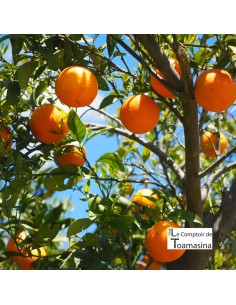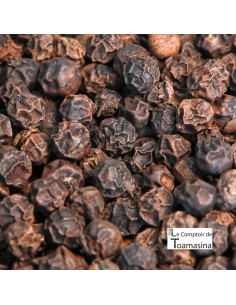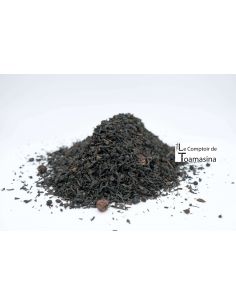Mild Curry
Sweet curry is a traditional and very harmonious blend of several spices, including turmeric, peppers, cinnamon .... Our soft curry with very fruity and velvety flavors that make it a classic in your kitchen. The mild curry is not spicy.
- Association in cooking: Ideal for a creative everyday cooking, sprinkle in your meats and vegetables.
- Packaging: 40g bottle - and 100g and 200g Doypack sachet - aroma preservation
- Composition: turmeric, coriander, ginger, cinnamon, fenugreek, onion, black pepper, cloves, nutmeg
A tasty curry powder for creative everyday recipes. An invitation to travel and cook from India and the West Indies. A colorful curry rich in flavor.
- Native country
- World
- BOTANICAL SPECIES
- None
- INGREDIENTS
- turmeric, coriander, ginger, cinnamon, black pepper, cloves, nutmeg, fenugreek and onion
- AROMATIC POWER
- 6/10
- ALLERGEN
- Possible traces of gluten and mustard
- POSSIBLE TRACES OF ALLERGENS
- Possible traces of gluten and mustard
- PACKAGING
- Bottle and Bag
- Preparation / Delivery
- Preparation within 24 hours - Delivery within 48 hours
No reviews

